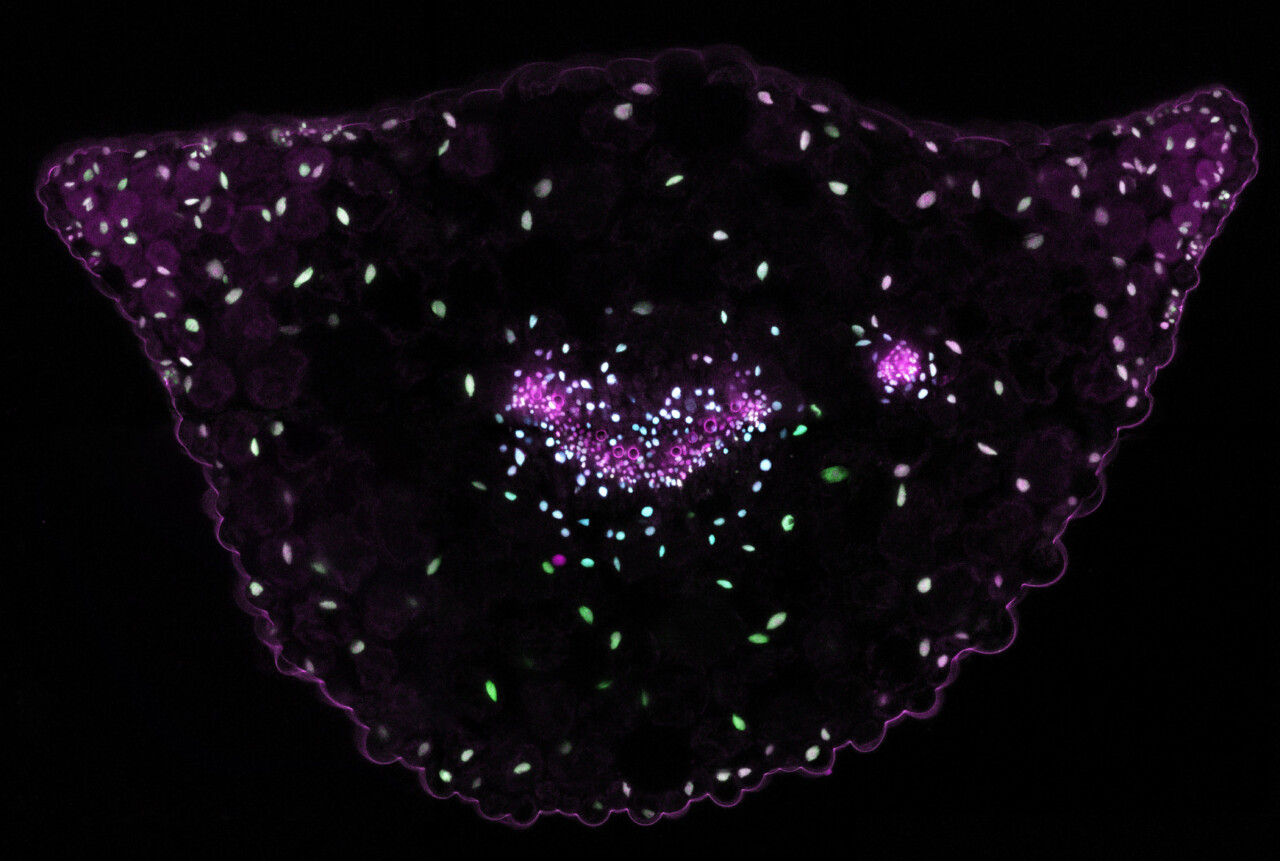Mini-symposium Plant Receptor Signaling
Date: 5 June 2024
Location: Science Park, Utrecht University
Time: 09:30 – 17:00
Registration: open ( deadline 20.05.2024)
We want to re-establish regular informal, in-depth discussions between research groups working on plant receptor signaling in the Netherlands. Therefore, we invite interested researchers and MSc students from Dutch universities and industry to a mini-symposium Plant Receptor Signaling. It will take place on Wednesday, June 5 in Utrecht University.
Participation is free but registration is required before May 20 via the link
https://forms.office.com/e/bjCi0Sk52Y
All participants are welcome to share their research in a form of an oral presentation.
The detailed program and exact location will be shared by May 29 via email to registered participants.
If your organization wants to sponsor the meeting, please contact the organizer.
Organizer and contact person – Dmitry Lapin (d.lapin@uu.nl)
Confirmed speakers
Guest – Federica Locci (MPIPZ, Germany)
“How NOT to die: workings of plant TIR proteins in pathogen restriction”
Guest – Junli Wang (MPIPZ, Germany)
“Glutamate receptor-like channels (GLRs) are required for TNL-triggered immunity in Nicotiana benthamiana”
Nora Gigli Bisceglia (Utrecht University)
“TBA”
More information about the speakers:
Federica Locci
Postdoctoral researcher
Max Planck Institute for Plant Breeding Research, Cologne, Germany
Abstract
Differently from animals, plants rely only on a two-tier immune system that recognizes and activates defence against pathogens. Cell-surface pattern-recognition receptors (PRRs) recognize pathogen-derived molecules to elicit pattern-triggered immunity (PTI), whereas nucleotide-binding leucine-rich repeats (NLRs) proteins sense microbial effectors inside cells to confer effector-triggered immunity (ETI). There are mainly two classes of “sensor” NLRs in plants: one forming a Ca2+ channel (namely, CNLs), the other a NADase enzyme. The latter comprises Toll/interleukin-1/resistance (TIR)-domain proteins, which contribute to innate immunity in all cellular kingdoms. Plant TIR-domain proteins activation defines engagement of enhanced disease susceptibility 1 (EDS1)- family heterodimers and co-functioning “helper” NLRs (hNLRs) to connect receptor systems and amplify defences. In Arabidopsis, two TIR-domain protein signalling branches are controlled by distinct EDS1 proteins/hNLRs complexes: one via EDS1- SAG101/NRG1 which leads to host cell death, the other by EDS1-PAD4/ADR1, inhibiting pathogen growth by converging the defence signalling activated by both PRRs and NLRs. We recently identified new interactors of Arabidopsis EDS1- PAD4/ADR1 signalling module, including a truncated TIR protein (i.e., TN3). Interestingly, TN3 seems to contribute in establishing systemic resistance following its interaction with EDS1-PAD4 upon immunity activation with a virulent pathogen. This new finding underlines the importance of TIR proteins not only for inducing cell death, but in restricting local pathogen growth and systemic spread via immune signal propagation.
Junli Wang
Postdoctoral researcher
Max Planck Institute for Plant Breeding Research, Cologne, Germany
Abstract
Animal and plant immune systems utilize nucleotide-binding, leucine-rich repeat (NLR) proteins to detect pathogens and translate recognition into host cell death and transcriptional reprogramming for defence. Coiled-coil NLRs (CNLs) are proposed to execute cell death autonomously as plasma membrane oligomeric ion channel while Toll-like/Interleukin 1 receptor (TIR) NLRs (TNLs) form a signalling network with ‘helper’ NLRs containing a CCHeLo domain to confer plant defence. How plant CCHeLo -NLRs confer cell death and induce transcriptional defences is poorly understood. We study this using tobacco where TNLs signal via CCHeLo -NLR N required gene 1 (NRG1). Transcriptome data in Nicotiana Benthamiana show that glutamate receptor-like channels (GLRs) are highly induced post TNL activation, which can affect cytoplasmic Ca2+ influx. We demonstrate that TNL-activated NRG1 transcriptionally induces GLRs and other immune response genes. Activated NRG1 could form resistosome, which cooperates with GLRs at host membranes to promote Ca2+ ion fluxes, thereby reprogramming cells for resistance and cell death. Our date will advance understanding of how plants control Ca2+ ion fluxes, and whether this is fundamentally different to CNLs which might be autonomous cell death executioners in plants.
Wednesday, June 5, 2024
Utrecht University
Utrecht Science Park
,



